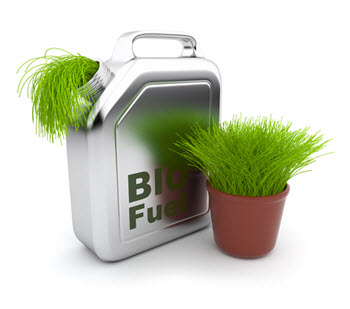Townsend Energy’s Commitment To Innovation And Improving Our Future

Left to right: Front row: Matthew Morrison and Jamie Py, Maine Energy Marketers Association; Senator Susan Collins, R-ME; Jim Townsend, Townsend Energy. Back Row: Mike Estes, Estes Oil & Propane; Robert Cort, Maine Energy; Jim Collura, NEFI.
Townsend Energy CEO, Jim Townsend, was recently in Washington DC to discuss modifying CDL and Hazmat driver age requirements. The goal was to create additional employment opportunities for Veterans and others entering the workforce.
Additionally, he advocated for reauthorization of the Blenders Tax Credit for Biodiesel. This tax credit will incentivize the blending of this environmentally friendly fuel into heating oil.
In this article, we will discuss a little more on the driver requirements for a commercial driver’s license and the associated Hazmat endorsements for fuel transportation. Also, we will touch on biodiesel including what it is and how it is implemented in your home as a source of heat.
Transporting Fuel To Consumers
Contents
Heating oil suppliers typically use trucks to delivery biodiesel to consumers. This means that you need you need both a Class A commercial driver’s license (CDL) and a HazMat endorsement to legally transport fuel, such as heating oil or biodiesel, to consumers.
Similar to civilians, military vets need a CDL in order to drive heavy trucks. Fortunately, it is relatively easy for military veterans to apply for a CDL and a HazMat endorsement in order to legally handle and transport hazardous chemicals and fuel, including heating oil. To apply for a CDL, you must be 18 years or older. On the other hand, you need to be at least 21 years old to apply for a HazMat endorsement.
The Importance Of Hiring Military Vets

Thanks to their military training, strong work ethic, and dedication to routine, military vets with driving experience are likely to excel in the trucking industry. At this point, it is worth noting that some military vets have been trained to drive commercial fleets and heavy trucks, meaning they can easily get a Class A commercial driver’s license. Additionally, those who have been trained to handle and transport hazardous chemicals and fuel and easily get HazMat endorsement.
Tips For Using Biodiesel To Heat Your Home

Because biodiesel is a renewable fuel, it is environmentally friendly, especially when compared to fossil fuel. For instance, biodiesel is a clean-burning fuel, meaning it produces fewer emissions compared to fossil fuel. In fact, one recent study found that when used in an oil furnace, B20 biodiesel blend produces 20% fewer particulate and NOx emissions than diesel fuel. With that in mind, here is some more information about fuel-grade biodiesel.
Heating Biodiesel Blends
Similar to fossil fuel, biodiesel has to be refined before it can be used as furnace oil. Pure biodiesel (B100) is converted to fuel-grade biodiesel through a chemical process called transesterification, which removes the glycerin. At this point, it is worth noting that pure biodiesel tends to solidify (gel) when exposed to relatively low temperatures. The exact solidification temperature depends on the raw material.
For instance, pure biodiesel fuel derived from canola seed oil and palm oil begins to gel at about −10 °C and 13 °C, respectively. To prevent congealing, heating fuel suppliers typically blend biodiesel with either heating oil or diesel fuel. This means that heating biodiesel comes in different blends including B3 and B20, where the number indicates the percentage of biodiesel blend contained in the fuel mixture. For instance, B3 means 3% percent biodiesel and 97% diesel fuel or heating oil. Similarly, B20 means 20% biodiesel and 80% diesel fuel or heating oil. At this point, it is worth noting that ASTM 396 classifies biodiesel-heating oil fuel blends of up to 5% biodiesel as pure petroleum heating oil.
Transitioning from Heating Oil To Biodiesel

On the positive side, biodiesel will help clean up the sludge from oil storage tank. Ideally, you should store biodiesel either in an underground or indoor storage tank to prevent congealing. Of course, you can also use oil heaters to prevent congealing. For the best results, ensure the transition is gradual. Be sure to talk to a professional heating oil supplier, like Townsend Energy, to know what options work best for your home.
Conclusion
Obtained from vegetable oil or animal fat, biodiesel is a clean-burning fuel that you can use in your oil furnace. Biodiesel is available in different blends including B2, B5, B10, and B20.
Townsend Energy offers fuel oil delivery services to residential and commercial customers. We offer fast service and fuel that is of high quality. You can choose from our different delivery plans and financing options. When you need HVAC services, such as a furnace tune-up or a heating system repair, you can count on us to do an excellent job. Be sure to call us to find out more about what Townsend Energy can do for you.
https://www.eia.gov/energyexplained/print.php?page=biofuel_biodiesel_home
